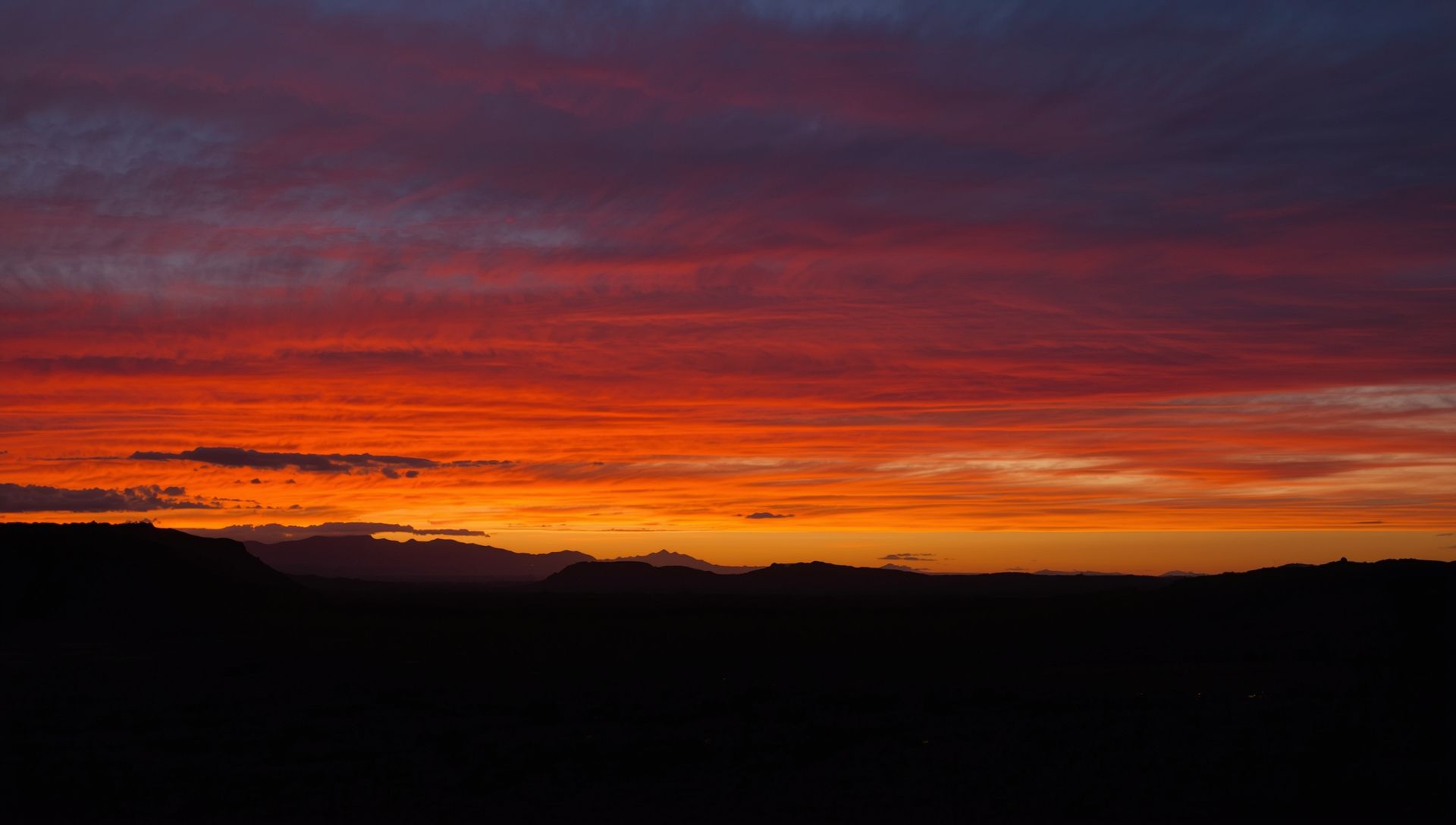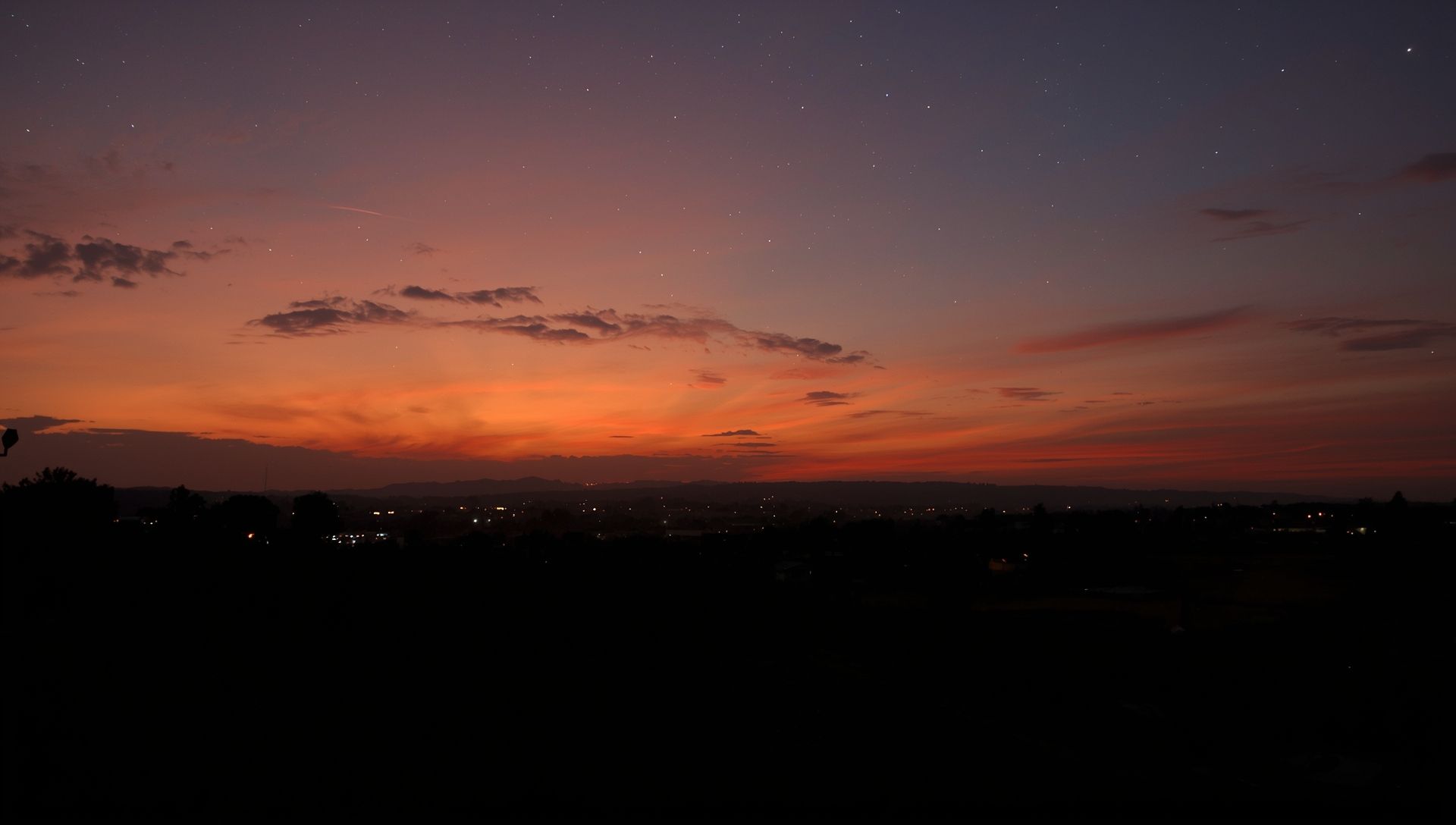Every culture watches the sun drop - and feels something. That slow descent means more than just the end of a day. Around the world, the setting sun has picked up meanings tied to life, death, peace, and even hope. Same sun, but not the same story. Ancient observers often noted how time zones influence when each community witnesses this daily event.
Endings That Don’t Always Mean Loss
In many places, the sunset is a quiet symbol of closure. It marks the end of something - a day, a phase, a journey. But that doesn’t always carry sadness. In Japanese culture, sunsets are often seen as peaceful. They reflect the beauty of impermanence, not the fear of it, much like the natural rhythm described in how darkness settles after sunset.
For the ancient Egyptians, the sun god Ra sailed into the underworld at dusk. That sunset wasn’t just an ending; it was a passage. Death wasn’t final. It was part of a cycle that would rise again come morning, echoing the same continuity explored in sunrise rituals and religious meaning.
The Sun as a Spirit Messenger
In Native American traditions, particularly among the Navajo, the west - the direction of the setting sun—is associated with sacred winds and spirits. It’s a place of rest and reunion. The sun going down isn’t feared. It’s honored. A time to pause, remember, and reconnect, a sentiment that aligns with the peaceful rhythms seen in a global view of time.
Similarly, some West African traditions see the sunset as a return. As the sun sets, ancestors are thought to draw near. Dusk becomes a moment of memory and respect, not disappearance. This twilight reverence has a kinship with the atmospheric wonders found in afterglow and twilight phenomena.
What the Sunset Means Around the World
- In Hinduism, the sunset hour is ideal for prayer and meditation - it’s when the day’s energy softens, similar to the harmony described in sunset symbolism across different cultures
- In Islam, the call to Maghrib prayer happens at sunset, tying light to rhythm and devotion
- In Western poetry, sunsets often stand in for aging, the end of youth, or final reflection
- In Chinese art, sunsets are used to show stillness or calm, often balancing busy scenes
- In Filipino folklore, sunset can signal the thinning line between worlds, when spirits are more present
Where Meaning Meets the Horizon
The setting sun is one of the few things every human being has seen. But what it means - that changes. Culture shapes the color we give it. Sometimes it means death. Sometimes peace. Sometimes rebirth. We all watch the same sun fall, but the stories we tell about it make all the difference. For some, it’s as natural a moment to observe as setting an alarm for a new dawn or checking how daylight saving shifts the clock forward.









